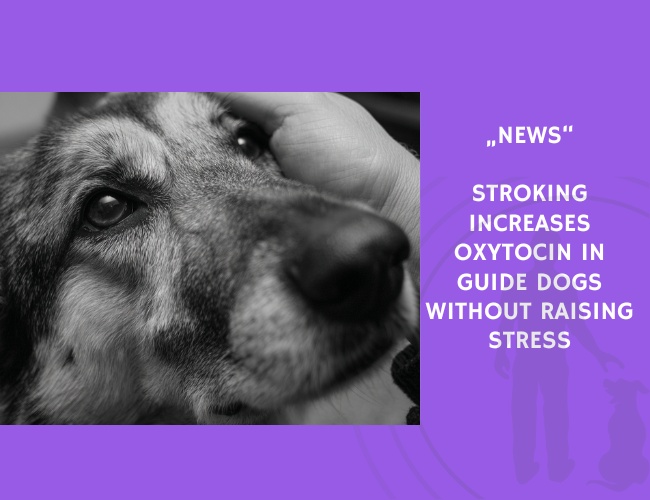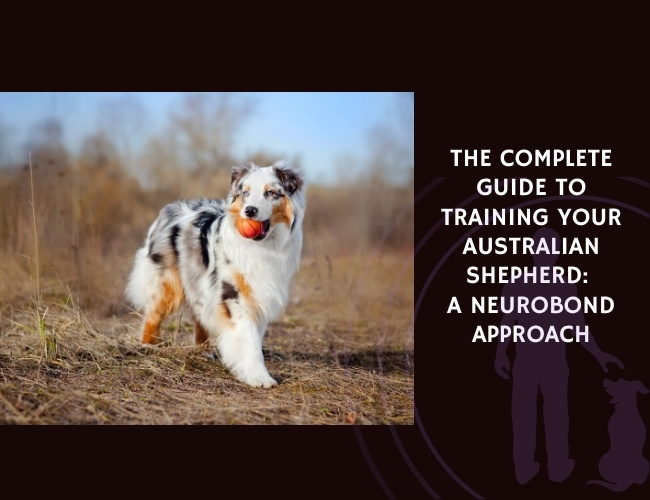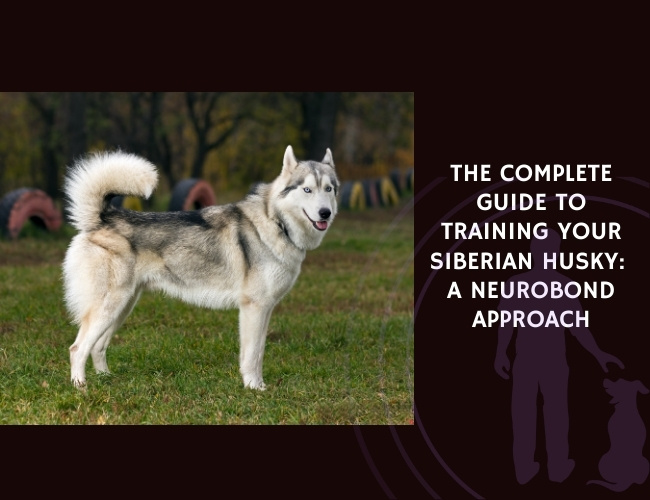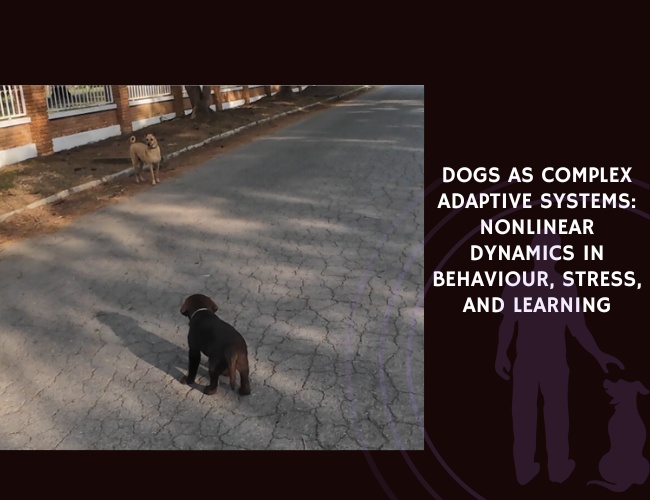Researchers led by A. Ogi and colleagues conducted a preliminary investigation into how short human–dog interactions influence oxytocin and cortisol levels in eight guide dogs (six Labrador Retrievers and two Golden Retrievers, averaging ~22 months old). The study, published in Animals, aimed to explore whether a brief, affiliative interaction—such as stroking—could modulate emotional responses in dogs without activating the hypothalamic-pituitary-adrenal (HPA) axis.
The dogs were subjected to two experimental conditions at one-week intervals:
- Positive condition: 5 minutes of gentle stroking and interaction with their trainer
- Negative condition: 5 minutes of isolation
Saliva samples were collected before and after both scenarios. Oxytocin was measured immediately, and cortisol levels were assessed 15 minutes post-condition to account for HPA response timing. Behavioral signs of stress were also recorded during the isolation phase.
Key findings include:
- Significant oxytocin increase (p = 0.036) after the positive interaction
- No significant change in oxytocin after the negative condition (p = 0.779)
- No difference in cortisol levels between conditions (p = 0.263)
- No observable stress behaviors during the isolation phase
These results support the hypothesis that stroking dogs improves their emotional state without necessarily inducing physiological stress, as measured by cortisol. The findings also emphasize the utility of salivary oxytocin as a non-invasive biomarker for canine emotional response in future behavioral studies.
The research aligns with broader efforts to quantify how positive human–dog interactions affect companion animals’ wellbeing, particularly in working dogs like guides, whose emotional regulation is critical for their role.
Source: A. Ogi, Chiara Mariti, Paola Baragli, Valentina Sergi, Angelo Gazzano. “Effects of Stroking on Salivary Oxytocin and Cortisol in Guide Dogs: Preliminary Results.” Animals, 2020-04-01, Volume 10. https://doi.org/10.3390/ani10040666









